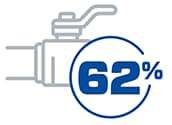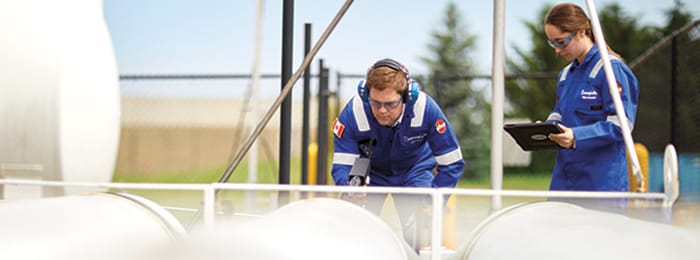What Are Fugitive Emissions & How to Avoid Leaks
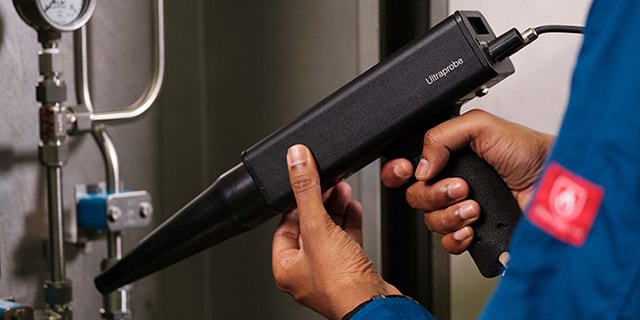
Exploring Effective Strategies to Decarbonize and Cut Fugitive Emissions
Mike Aughenbaugh, Associate Target Market Manager, Swagelok
A confluence of factors is driving change throughout the oil and gas industries. Widespread decarbonization efforts and consent decrees from the U.S. Environmental Protection Agency (EPA) have led to a pressing need for owner companies to identify and eliminate fugitive emissions.
For owner companies, fugitive emissions aren’t just an environmental concern—they can significantly impact your company’s profitability if left unchecked, and complying with current emissions regulations can require changes to your supply chain and upgrade projects. What’s more, fugitive emissions can be a significant environmental, health and safety concern for your workers if the gases or liquids in your facility are hazardous.
But eliminating fugitive emissions and implementing low-emissions (low-E) protocols can be a complicated endeavor. This post will cover the basics of what you need to know, as well as some effective strategies on how to find and mitigate fugitive emissions.
What Are Fugitive Emissions?
Fugitive emissions are uncontrolled emissions of gases from process equipment primarily due to unwanted leaks. Volatile organic compounds (VOCs), such as benzene, methane, and ethanol, are the main gases of concern. VOCs can jeopardize air quality, contributing to the formation of ozone. As a result, government agencies are setting limits on fugitive emissions, and violation of these regulations can lead to large fines.
Valves are responsible for 62% of total uncontrolled VOC emissions in a typical facility.
Dynamic and static seals on valves, pumps, and flange connections are major sources of fugitive emissions with valves being responsible for an estimated 62% of the total uncontrolled VOC emissions at a typical facility. Installing low-emission (low-E) valves, shown through testing to minimize fugitive emissions, is a common solution employed throughout the industry.
The EPA is tasked with helping companies comply with current environmental requirements, laws, and regulations, such as the Clean Water Act and the Clean Air Act. Voluntary compliance is preferred, but the EPA will take legal action to ensure compliance when required. While there are several types of enforcement actions available to the EPA, for chemical plants and refineries, the action often takes the form of a consent decree.
Failure to install low-E valves in compliance with a consent decree can incur a penalty fine in excess of $1000 per valve.
A typical consent decree will contain language that lists specific actions to be taken in a specified time frame by an asset’s owner to come into environmental compliance. For example, a consent decree may require that the owner company install low-E valves, or valves fitted with low-E packing, based on the identification of leak points in a facility. Failure to install such valves can incur a penalty fine in excess $1000 per valve—making noncompliance a pricey mistake for owner companies.
What Is a Leak Detection and Repair Program?
Leak detection and repair (LDAR) programs seek to emulate the periodic leak detection and oversight methods of the EPA. For valves, an EPA audit consists of both a paper audit as well as field testing for emissions. Plants implementing an enhanced LDAR program primarily seek to lower VOC emissions through the following methods:
- Instituting a comprehensive plan whereby leaks are identified through in-situ testing of valves and other connections using EPA Method 21
- Identifying, documenting, and repairing leaks within a defined time frame
- Lowering allowable leak limits for valves, connections, and pumps
It is important to note that EPA Method 21 is intended only to locate and classify leaks on currently installed valves—it is not to be used as a direct measure of mass emission rates from individual sources, nor is it to certify whether a valve can be classified as low-E. Additionally, EPA Method 21 is not a valid field test for fugitive emissions.
What Is a Low-E Valve?
Along with the implementation of an LDAR program and as noted earlier, consent decrees may state that any valves procured for future maintenance, repair, and operations (MRO) as well as new projects, must be low-E valves. However, the language in many EPA consent decrees leaves the method of determining what constitutes a low-E valve up to the plant. There are typically several methods by which a valve can be classified as a low-E valve. It is the decision of the plant to accept the manufacturer of the valve providing either of the following:
- A written guarantee that the valve will not leak above 100 parts per million for five years
- A written guarantee, certification, or equivalent documentation that the valve has been tested pursuant to generally accepted good engineering practices and has been found to be leaking at no greater than 100 ppm
A seemingly simple solution to documenting the purchase of low-E valves is to have manufacturers provide a written guarantee that their valve will not leak in excess of 100 parts per million for five years. However, a plant operator should consider the ramifications if the valves do leak. What compensation is available should the valve leak? Is the guarantee only limited to replacement of the leaking valve? Are the costs associated with replacing the valve recoverable?
Relying upon a manufacturer’s guarantee leaves a plant open to the possibility that, either willingly or not, the manufacturer could continue to provide valves that leak in excess of 100 parts per million. In the minds of many plant operations, there are too many uncertainties with only relying on a manufacturer’s guarantee when testing methods are available to determine if a valve meets the required leak rate.
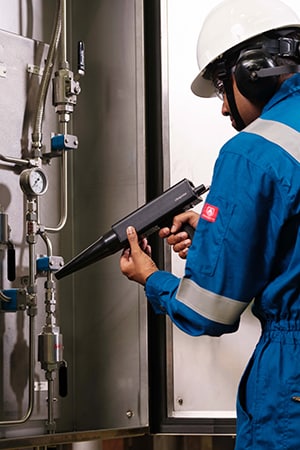 Low Emissions Testing
Low Emissions Testing
The language in EPA consent decrees allows valve manufacturers to provide a guarantee that the valve has been tested “pursuant to generally accepted good engineering practices and has been found to be leaking at no greater than 100 ppm.” This means plant and environmental engineers are left to determine what constitutes “generally accepted good engineering practices,” whether the manufacturer has conducted the test in good faith, and if the test replicates process conditions. A test developed and conducted by a manufacturer could potentially leave a plant at risk, creating uncertainty for professionals trying to determine if a valve is indeed a low-E valve.
Fortunately, there are industry tests available from the American Petroleum Institute (API) and International Standards Organization (ISO) for determining if the valve should be classified as “low emissions.” They include:
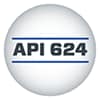
API 624. This covers the testing of rising stem valves using methane as the test media. The valve must perform 310 cycles as well as three thermal cycles (where the valve is tested at ambient temperature, an elevated temperature, then again at ambient temperature) with a leak rate under 100 parts per million (ppm) methane.
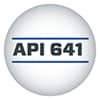
API 641. This details the testing of ball valves using methane as the test media. Each valve tested must perform 610 cycles as well as three thermal cycles with a leak rate under 100 ppm methane.

ISO 15848-1. This testing procedure evaluates external leakage of valve stem seals (or shafts) and body joints of isolating valves and control valves. It involves pumping helium or methane through the valve and measuring any escaping gas digitally. Because it applies to seals and joints, it is seen as a “whole valve” test. It provides acceptable measurement, test, and qualification procedures for fugitive emissions. However, because this test is not run under typical process conditions, results can be potentially misleading.
API testing provides a simple pass or fail result. The valve is either certified as a low-E valve or not. Valve purchasers should be aware, however, that ISO test methodology allows for various “class” ratings of valves related to how they perform during testing. ISO classes can allow for a valve to be considered and labeled “low-E,” yet not meet the “100 ppm or less” leak rate requirement for the EPA. Tightness Class CM, for example, describes a “low-emission” valve as one that leaks in excess of 100 ppm methane, but less than 500 ppm methane.
Additionally, per ISO, “there is no correlation intended between the tightness classes when the test fluid is helium (Classes AH, BH, CH) and when the test fluid is methane (Classes AM, BM, CM).” This is partially because the testing data gathered is different for the different fluids. If a valve is tested with helium rather than methane, the results are reported as a leak rate proportional to the stem diameter. This flow rate is stated as atmospheric cubic centimeters per second (atm-cm3/s), and while this metric is more correctly defined as a leak rate than a measured concentration of parts per million (ppm), a method to convert atm-cm3/s to an observed concentration of parts per million does not exist. This makes it challenging to interpret whether one is in compliance with EPA language of “100 ppm or less” when testing with helium.
Ideally, these tests should be conducted at a third-party laboratory and not by the valve manufacturer. When a valve manufacturer has an independent third party perform the testing, it demonstrates confirmation by an impartial body that the valves meet the requirements of the testing standard. A valve certification should then be made available from the valve manufacturer as documentation, including a seal from the third-party lab, the testing location, and the results.
Best Practices for Lowering Fugitive Emissions
As well as following the above guidelines for selecting low-E valves, there are a number of operational best practices you can employ to decrease the likelihood of leaks and fugitive emissions in your facility:
Make packing adjustments on preventive maintenance schedules. For example, cold-weather climates need increased packing intervals.
Implement lockout devices to help prevent throttling of bleed valves and accidental actuation.
Reduce the number of non-low-E valves available on site to prevent accidental installs in critical applications.
Use double block and bleed (DBB) valves for safety purposes.
When handling light-end gases (hydrogen, for example), consider utilizing bellow seals.
***
Whether you are designing new systems or seeking to improve your LDAR program, choose low-E-certified valves to combat fugitive emissions. Being proactive and specifying certified low-emissions valves prior to any environmental enforcement action prevents costly retrofit headaches and helps you stay compliant with current environmental best practices.
For help determining what low-E solutions might be right for your operations, consider working with experienced fluid system professionals through Swagelok’s evaluation and advisory services. We also offer a wide range of low-E-certified process, instrument, ball, needle, rising plug, and bleed valves that have passed applicable API low-emissions testing without any design modifications, never leaking methane in excess of 100 ppm during testing. If you plan to integrate any of these products into your fluid systems, feel free to reach out to your authorized sales and service center for applicable low-E certificates or any other support you may need along the way.
Related Articles
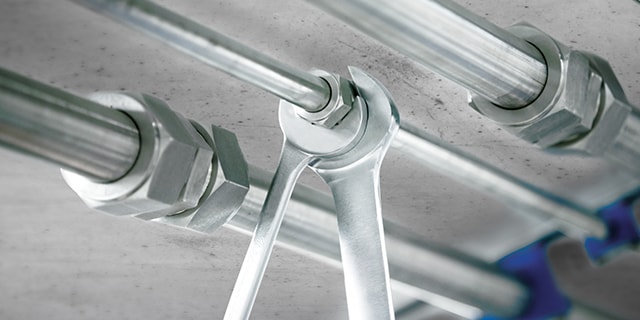
Tube Fitting Spec Update: Improving Safety and Performance
Learn why newly specified attributes for oil and gas tubing and tube fittings can help improve safety and system performance in platforms around the world.
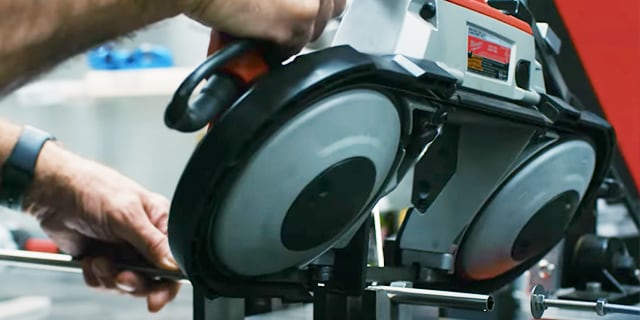
How to Avoid System Leaks: The Importance of Proper Tube Preparation
A successful tube fitting depends on many criteria, but one of the most important is proper tube preparation before installation. Learn to avoid costly or dangerous leaks by avoiding damaged, burred, or improperly cut tubes.
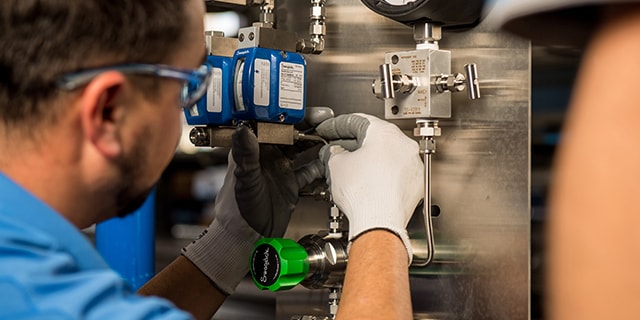
Building Better Mechanical Seal Support Systems
Learn how API 682 guides the design and assembly of mechanical seal support systems and how applying a few best practices can help your systems last longer and work better.


